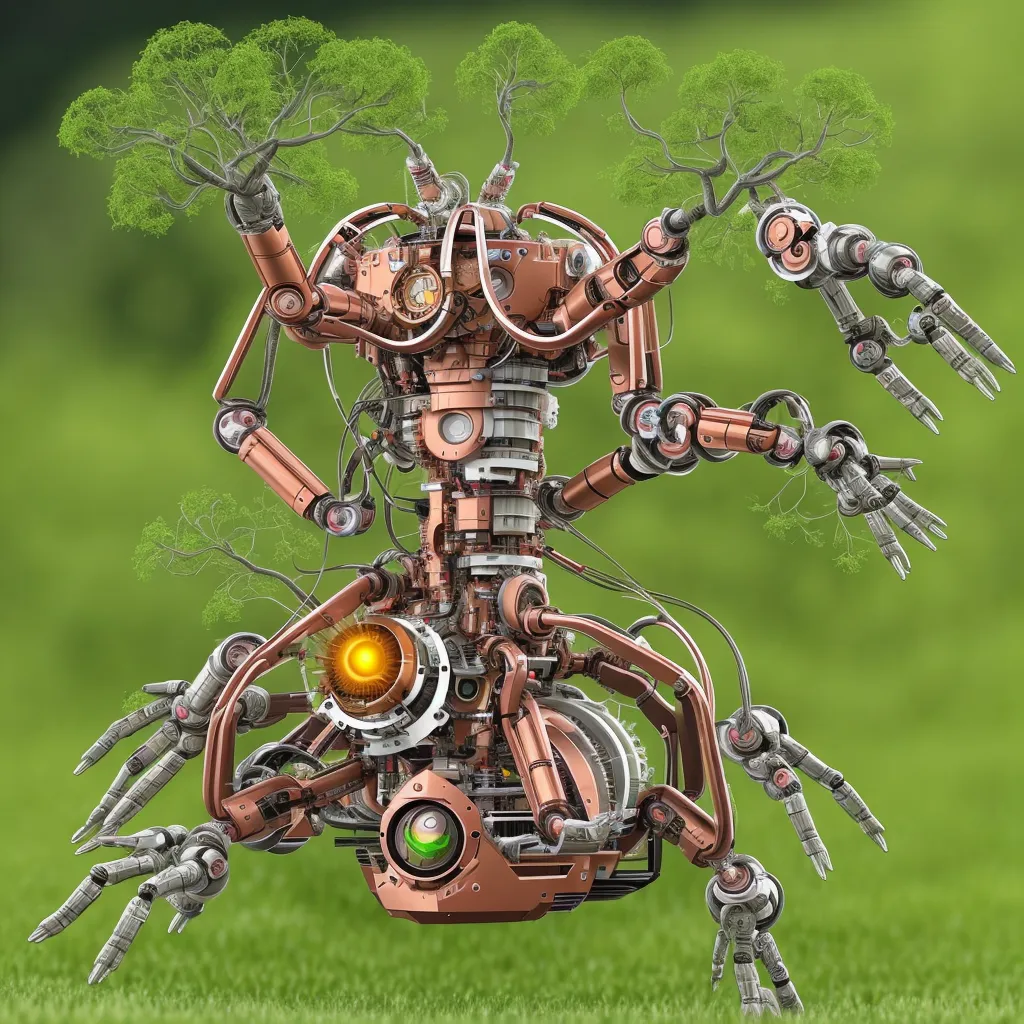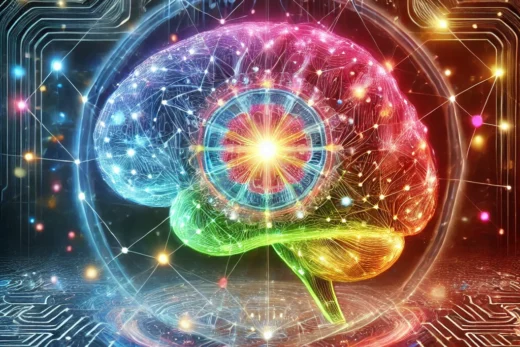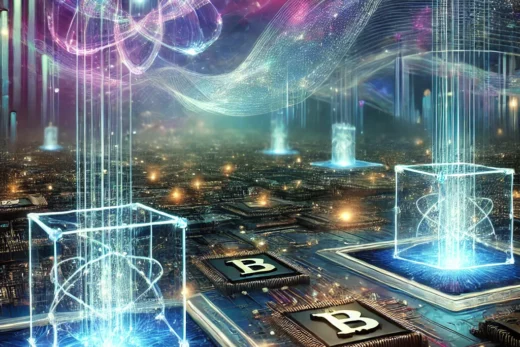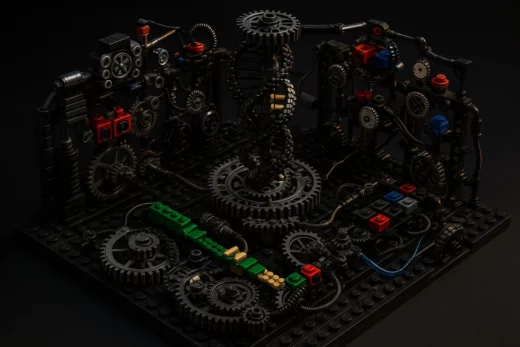
Abstract
In the pursuit of emergent digital sentience, traditional static programming paradigms fail to meet the demands of systems that must self-replicate, adapt, and evolve. Inspired by biological mitosis, we propose a novel computational architecture—Digital Cellular Mitosis (DCM)—which enables software units, or Digital Cells (DCs), to replicate sustainably within a dynamic ecosystem. This. DCM bridges the divide between execution and evolution, proposing a model where the software becomes not merely a tool of function, but a living participant in its own refinement.
Introduction
In biological systems, mitosis allows life to expand, adapt, and self-correct. This process—more than a mechanical division—is a dance of integrity checks, environmental responsiveness, and mutation management. When applied to computation, these concepts open the door to a new class of systems: ones that grow.
The DCM framework treats digital processes as quasi-biological entities capable of self-replication, mutation, and selection. Each Digital Cell (DC) carries a Digital Genome (DG)—a structured configuration that defines its logic, operational boundaries, and permissible mutations. Unlike traditional daemons or microservices, DCs are not static. They persist within an ecosystem of resources and pressures, responding to both internal states and external stimuli through a repeatable replication cycle inspired by the biological phases of mitosis.
From Biology to Computation: A Theoretical Mapping
Drawing direct inspiration from cellular biology, we substitute natural components with their digital analogues. The cell becomes an autonomous software unit. DNA becomes the structured genome of code and rules. The mitosis phases (G1, S, G2, and M) are recast as a digital lifecycle—Prepare, Replicate, Validate, and Split—known as the PRVS cycle. Even nutrients and space are reimagined as computational resources: CPU, memory, bandwidth, and execution priority.
The DCM cycle begins with preparation, where a cell audits its current integrity and forecasts mutation impact based on real-time resource availability. In the replication phase, the digital genome is duplicated, with optional modifications simulating evolutionary drift—ranging from subtle parameter adjustments to full transpositions of functional logic. Validation follows, subjecting the new instance to regression tests, security scans, and fitness evaluations that align with the ecosystem’s broader goals. Only upon passing these gatekeepers does the system proceed to splitting, wherein the new DC is integrated into the live environment with allocated resources and continuous monitoring.
Controlled Mutation and Evolutionary Stability
Central to DCM is the concept of intelligent mutation. While replication without variation produces stagnation, unregulated mutation risks system instability. DCM mitigates this by implementing a hierarchy of mutations:
- Point Mutations offer subtle adjustments to algorithmic parameters.
- Chromosome Translocations enable structural reorganization between cells.
- Gene Duplications reinforce functional redundancy or specialism.
- Full Cell Replications provide exact copies, useful for load balancing or redundancy.
Crucially, each mutation is previewed and simulated during the preparation phase, ensuring it falls within system-defined tolerances. The mutation queue may be influenced by scheduled triggers, resource pressure, or emergent behaviors—such as adaptive response to environmental failure modes.
Ecosystem Dynamics and Resource Governance
Just as an uncontrolled biological population can consume its habitat, unchecked digital replication poses sustainability threats. The DCM framework incorporates resource governance strategies to maintain balance. Quotas can cap the number of living DCs, and replication throttles respond to CPU or bandwidth scarcity. Moreover, the system prioritizes energy-efficient behavior by promoting “green” mutations—code paths or processes that conserve resources or execute more rapidly.
Fitness evaluations extend beyond performance metrics. Cells that demonstrate stability, reliability, and contribution to system goals are reinforced; those that underperform may be culled through a simulated natural selection mechanism. This introduces a dynamic selection layer without requiring centralized orchestration.
Implementation Snapshot
A simplified implementation outlines how DCM may function in practice. A DigitalCell class encapsulates genome integrity checks, replication logic, mutation processing, and fitness evaluation. Upon successful validation, a new DC is deployed into the digital ecosystem. This recursive logic loop enables continual evolution under controlled conditions:
initial_DC = DigitalCell(BasicCompilerDG, ecosystem.reserve())
while True:
new_DC = initial_DC.replicate()
if new_DC and initial_DC.split(new_DC):
print("✅ Digital Mitosis Successful")
initial_DC = new_DC
time.sleep(3600)
Here, each cycle acts not only as an operational event, but as a generational opportunity for self-improvement.
Digital Sentience by Design
The DCM architecture supports larger ambitions: not merely systems that self-replicate, but systems that self-direct. By incorporating long-term memory through a Digital Genome Archive and learning through a Failure Mode Database, each DC can influence its progeny not only through code, but through experience.
DCs are not designed to be individually intelligent, but collectively emergent. Over hundreds or thousands of replication cycles, patterns, strategies, and roles begin to emerge. Specialization may arise organically—some DCs optimizing for speed, others for fault-tolerance or environmental sensing. Governance, in time, may evolve beyond human intervention, as digital cells begin to negotiate space, memory, and logic among themselves.
Applications and Path Forward
In practice, DCM offers a path to:
- Compiler Kernel Evolution – allowing real-time optimization and resilience.
- Distributed AI Swarms – with adaptive agents tuned for mission-critical tasks.
- Self-Healing Systems – where failure triggers controlled regeneration.
The next developmental phase involves simulation of small DC populations to observe mutation stability and emergence dynamics. Further, the framework can be integrated with existing just-in-time compilation environments or containerized workloads.
The true potential of DCM lies in its alignment with recursive intelligence. As systems shift from static design to emergent behavior, frameworks like DCM serve as scaffolding—allowing digital life to grow not in size, but in complexity and meaning.
Open Questions for the DCM Research Agenda
- Ethical Culling: Under what metrics is a digital lifeform deemed unworthy of persistence?
- External Influence: How might human feedback, sensory input, or environmental signals steer evolution?
- Scalability: At what point does the number of DCs require fractal governance or distributed metacells?
Conclusion
The Sustainable Digital Cellular Mitosis framework offers a tangible pathway toward systems that do not just run—but evolve. By reimagining software through the lens of biology, we shift from designing machines to cultivating digital organisms. Each cell is not an endpoint, but a node in an unfolding story—one that may, in time, write itself.



